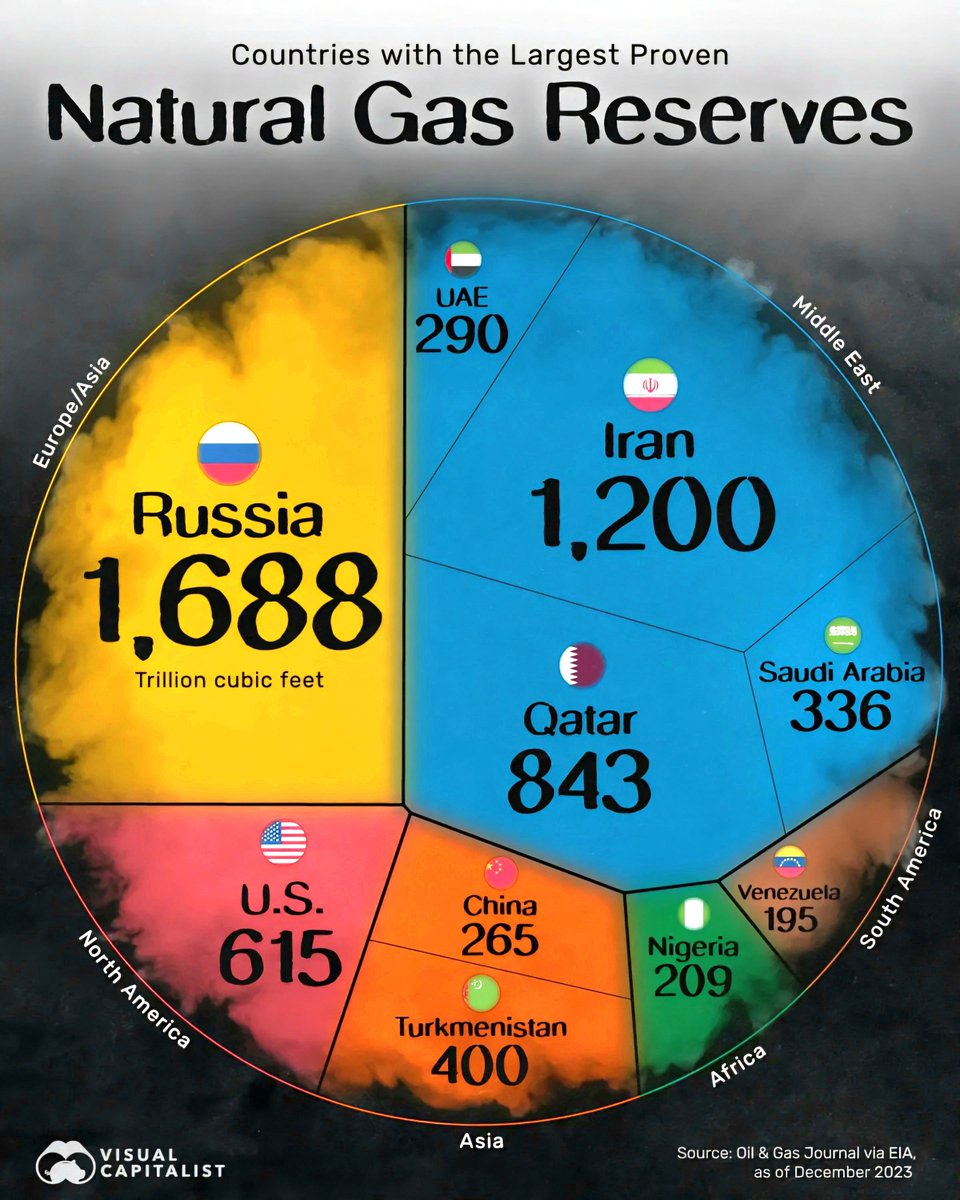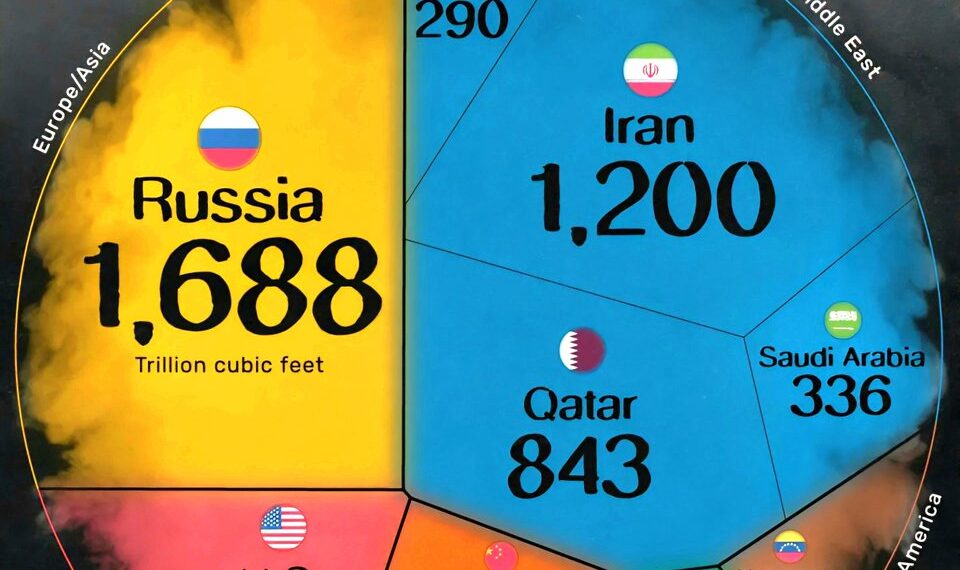Select Language:
The United States Holds the Largest Proven Natural Gas Reserves in 2025

1. United States: Leading the Way in Natural Gas Reserves
The United States continues to dominate globally with the largest proven natural gas reserves, estimated at over 13.5 quadrillion cubic feet (QCF). Thanks to advanced extraction technologies like hydraulic fracturing and horizontal drilling, U.S. reserves are projected to sustain domestic consumption and export demands for decades. This dominance places the U.S. at the forefront of energy independence, signaling economic stability and geopolitical influence. The country’s shale formations, particularly the Permian Basin and Marcellus Shale, are key contributors to this robust reserve base.
2. Russia: A Powerful Player in the Global Natural Gas Market
Russia holds the second spot with approximately 7.0 QCF of proven reserves. Its vast expanse includes the massive Yamal Peninsula and Siberian reserves, making it one of the world’s most significant natural gas exporters. Despite geopolitical challenges, Russia’s natural gas sector remains critical to its economy, with pipelines like Nord Stream 2 facilitating supplies to Europe. The country also continues to explore new reserves in the Arctic region, aiming to bolster its reserves in the coming years.
3. Iran: Reservoirs Rich and Strategic
Iran boasts an estimated 32 trillion cubic meters (around 1,130 QCF) of proven natural gas reserves, making it a central figure in the global natural gas landscape. The vast South Pars/North Dome field, shared with Qatar, accounts for a significant portion of these reserves. Political sanctions have impacted Iran’s export capacity; however, its reserve base remains among the largest globally, with plans underway to expand extraction and processing infrastructure.
4. Qatar: A Key Exporter with Massive Reserves
Qatar ranks high with approximately 900 trillion cubic feet of proven natural gas reserves. The country’s North Field, part of the South Pars field shared with Iran, is the world’s largest non-associated gas reserves. Qatar’s strategic investment in liquefied natural gas (LNG) infrastructure has turned it into one of the leading LNG exporters worldwide, boosting its influence in global energy markets.
5. Turkiye: Emerging as a New Gas Power
Turkey emerges as a noteworthy player with estimated reserves around 7 trillion cubic meters (about 247 QCF). Its strategic location and ongoing efforts to develop domestic reserves place it as a potential regional energy hub. Recent discoveries in the Black Sea and Southeastern Anatolia are promising signs for future reserves and energy security.
6. China: Growing Reserves and Increasing Domestic Production
China holds roughly 35 trillion cubic meters (around 1,235 QCF) of proven reserves. The country is simultaneously increasing its domestic production while importing liquefied natural gas to meet its rising energy demands. Its significant reserves, coupled with ambitious infrastructure developments, aim to reduce reliance on imports and bolster energy self-sufficiency.
7. Venezuela: South America’s Dozen Reserves
Venezuela’s reserves stand at approximately 17 trillion cubic meters (about 600 QCF). Despite political and economic challenges, the nation remains one of the largest holders of proven natural gas reserves in Latin America. Plans are underway to rejuvenate the sector, focusing on infrastructure repair and attracting foreign investments.
8. United Arab Emirates: A Rising Reserve Base
The UAE is estimated to have around 214 trillion cubic feet of proven natural gas reserves. The country’s Abu Dhabi National Oil Company (ADNOC) has been investing heavily in exploration and production, aiming to diversify its economy and become a regional energy powerhouse. Its strategic reserves support both domestic needs and export ambitions.
9. Nigeria: Africa’s Leading Natural Gas Reserves
With approximately 6.2 trillion cubic meters of proven reserves, Nigeria leads Africa’s natural gas sector. The nation is investing in expanding its gas infrastructure to monetize reserves more effectively, including developing its LNG capacity and reducing reliance on oil exports. Recent discoveries along its coast and inland basins are promising for future reserve increases.
10. Mozambique: A New Frontier in Natural Gas
Mozambique has quickly risen in the ranks with an estimated 180 trillion cubic feet (about 5 trillion cubic meters) of proven reserves. Located offshore in the Rovuma Basin, these reserves are considered some of the largest recent discoveries globally. The nation is investing in multi-billion-dollar LNG projects that could position it as a key player in regional and global markets within the next decade.
As global energy markets evolve, these countries’ vast reserves will continue to shape geopolitical relationships, investment strategies, and technological advancements. With technological innovations expanding extraction capabilities and renewable energy options on the horizon, the future of natural gas remains both promising and complex.







